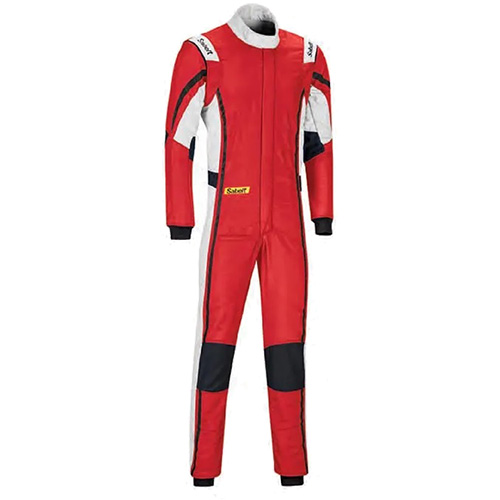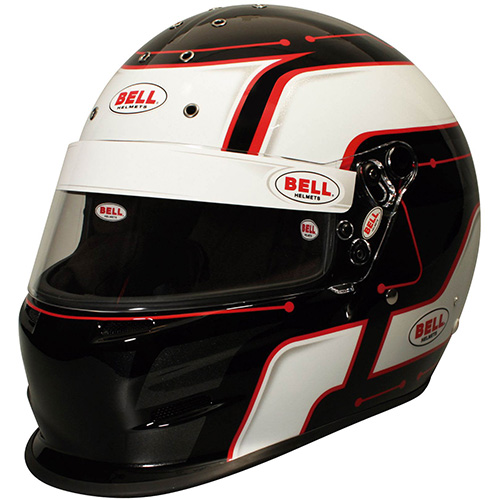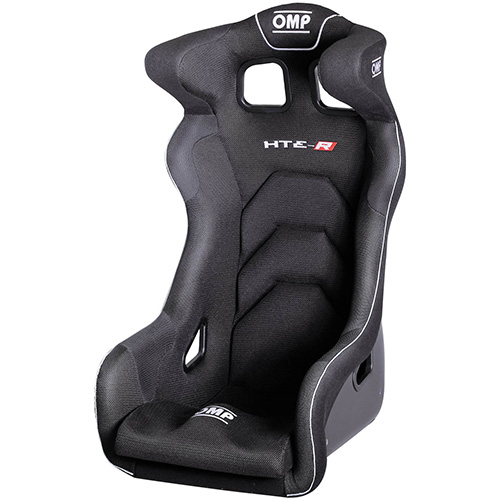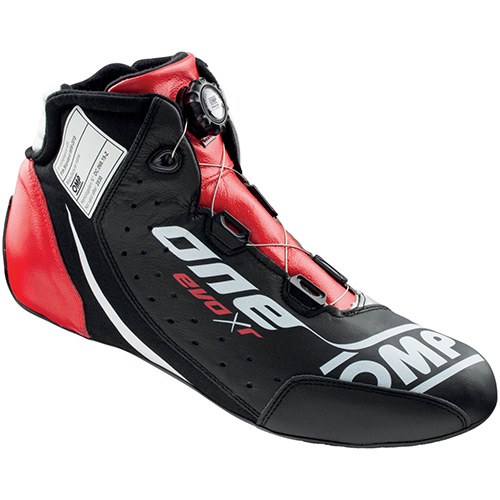Speed Secrets: Managing Mistakes

Making mistakes is one of the most natural and human things we do. Accept it. In fact, the more you try to resist making mistakes, the more likely it will be that you’ll make them. Instead, accept that you're going to make mistakes, but focus on minimizing their effects and on learning from them instead. Mistakes are really "learning-takes."
I guarantee that you make as many mistakes in your driving today as you did the very first time you drove on track, (and as you will the very last time you drive on a track). You also make as many as this year's NASCAR champion, Indy 500 winner, F1 champion, or any other driver you can name. We all make about the same number of mistakes – it's just that the very best drivers recognize them earlier, and then minimize their impact by reacting and correcting sooner. You're the same. With experience, you can identify and adjust for a mistake quickly.
When you first learned to drive on a track, you likely had just three reference points: turn-in, apex and exit. But with experience, you've picked up more…a crack in the pavement, a dark patch on the pavement, the sound of your engine echoing off the pit lane wall, the noise of your tires crossing a surface change, a bump at the turn-in point, etc. Each of these references tell you whether you're where you want to be or not – whether you've made a mistake or not. And the more of these references you have, the sooner your correction will be – and the smaller it will be.
If you're "white-knuckling" the car around the track, trying to avoid making a mistake, you’ll be less sensitive to the car when it tells you you've made a mistake, and you'll be slower to react to minimizing that mistake’s effect.
If you use what I call Sensory Input Sessions, you'll become even more sensitive to your mistakes, and correct them sooner. These are sessions devoted solely to taking in more quality sensory information, from your vision, your kinesthetic input (feel, balance and sensing of g-forces), and your hearing. Take half a dozen laps to focus on just taking in more visual information, then half a dozen laps taking in kinesthetic information, and finally, half a dozen laps of auditory information.
Sensory Input Sessions will do two things: First, they will give your mind more reference points around the track to compare to what’s right, so you’ll recognize and fix errors sooner. And second, it will distract you from worrying about making mistakes!
These Sensory Input Sessions are not something that you do once, then never again. You should do them on a regular basis. In fact, the more you do them, the more reference points (visual, feel, sound) you'll have, which will tell you sooner when you're not in the ideal place on the track.
Relax, accept that mistakes are going to happen, minimize their effects, and learn from them.
Ross Bentley
For more information about Ross’s tips, coaching, eCourses, newsletter, Virtual Track Walk videos, and other resources to help you drive at your best, go to www.SpeedSecrets.com


















